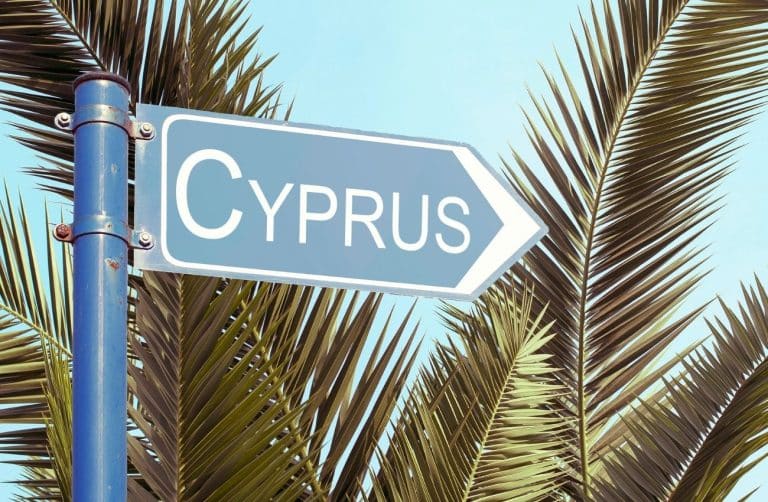Located on the eastern coast of Cyprus, Gazimağusa (Famagusta) stands out as a fascinating city, rich in historical and architectural heritage. As a cultural hub of the island, Gazimağusa bears the traces of different civilizations that have left their mark throughout history.
History
The history of Gazimağusa dates back to ancient times. The city was founded in the 3rd century BC as a replacement for the ancient city of Salamis. Over time, Gazimağusa gained importance as a port city and became a major trade hub due to its strategic location on the Mediterranean trade routes. Civilizations such as the Romans, Byzantines, Lusignans, Venetians, and Ottomans all ruled the city and each contributed to its cultural and architectural development.
One of the city’s golden ages occurred during the Lusignan period (1192-1489). During this time, Gazimağusa became one of the most important trading centers of both Cyprus and the Mediterranean. The Lusignan kings boosted the city’s prosperity, leading to the construction of numerous religious and civil buildings.
In 1489, when the Venetians took control of the island, the city was fortified with walls to defend against attacks. After the Ottoman Empire captured Cyprus in 1571, Gazimağusa entered a new era and saw the addition of mosques, hammams, and other Islamic structures during Ottoman rule.
Architecture
The architecture of Gazimağusa reflects the influence of multiple civilizations across centuries. From medieval European Gothic structures to Islamic Ottoman designs, the city offers a broad spectrum of architectural styles.
1. Gazimağusa City Walls
Built during the Venetian period, the Gazimağusa Walls are one of the city’s most striking features. These 3.5-kilometer-long walls were constructed to protect the city from both land and sea-based attacks. The walls are made of large stone blocks and reinforced with numerous towers and bastions. The Othello Castle, named after Shakespeare’s famous play “Othello,” is the most famous part of these fortifications, serving as a key defense point for the harbor.
2. Lala Mustafa Pasha Mosque (St. Nicholas Cathedral)
One of the most iconic structures in Gazimağusa is Lala Mustafa Pasha Mosque, originally built as a Gothic cathedral. Constructed by the Lusignans in the 14th century, it remains one of the best-preserved examples of Gothic architecture in Cyprus. Known as St. Nicholas Cathedral before the Ottoman conquest in 1571, it was converted into a mosque afterward. The cathedral’s Gothic elements, especially its grand windows and intricate stonework, are particularly noteworthy, while the interior was redesigned to accommodate Islamic practices.
3. Salamis Ancient City
Near Gazimağusa lies the ancient city of Salamis, one of the most important archaeological sites in the region. Founded in the 11th century BC, Salamis flourished during the Roman period. Visitors to this ancient city can explore Roman-era structures such as an amphitheater, gymnasium, baths, and a basilica. The wide columned streets and ruins of Salamis offer a glimpse into Cyprus’ rich historical past.
4. Namık Kemal Dungeon
During the Ottoman period, the famous Turkish poet and playwright Namık Kemal was exiled to Gazimağusa and imprisoned in a dungeon here. Today, the Namık Kemal Dungeon and its museum are open to visitors, providing an insight into both Ottoman architecture and Cyprus’ Ottoman heritage.
5. Sinan Pasha Mosque (St. Peter and St. Paul Church)
Another example of Gazimağusa’s diverse religious architecture is the Sinan Pasha Mosque, originally built as a church. Constructed by the Lusignans in the 14th century, the building was later converted into a mosque during the Ottoman period. Its Gothic architecture reflects the blending of Christian and Islamic influences in the city.
Conclusion
Gazimağusa is a city that uniquely blends the historical and architectural heritage of Cyprus. From the Middle Ages to the Ottoman era, the city’s long and rich history can be felt in its streets and buildings. The architectural landmarks, preserved through centuries, not only reveal the past but also reflect the cultural mosaic of Cyprus, offering both local and international visitors an extraordinary experience of discovery.





